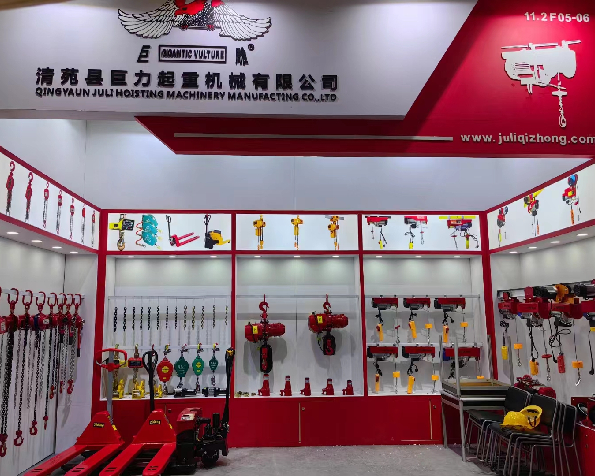


Safe Use of Chain Blocks
Chain blocks, commonly known as chain hoists, are essential tools in construction, manufacturing, and various industries for lifting heavy loads. Their efficiency and durability make them invaluable for moving equipment or materials that would otherwise be too heavy or cumbersome to handle manually. However, as with any lifting equipment, the safe use of chain blocks is paramount to ensuring both worker safety and operational effectiveness.
Understanding Chain Blocks
A chain block consists of a series of linked chains and pulleys designed to lift heavy objects by reducing the amount of effort required. The block mechanism amplifies the user's strength, allowing even a single operator to lift significant weights. Chain blocks are available in various capacities, making them suitable for different applications. However, understanding the specific load limit is crucial; exceeding these limits can lead to equipment failure and potential injury.
Key Safety Considerations
1. Regular Inspection and Maintenance Before using a chain block, it is essential to inspect it for any signs of wear, damage, or malfunction. Check the chains for deformation, rust, or fraying, and ensure that the pulleys are functioning smoothly. Regular maintenance, including lubrication and replacing worn parts, will enhance the lifespan of the chain block and prevent accidents.
2. Load Assessment Always verify the weight of the load before lifting. Use appropriate methods or tools to gauge the weight accurately. The load should never exceed the rated capacity of the chain block. If uncertain, consult the manufacturer's guidelines or seek assistance from a qualified professional.

3. Proper Rigging Techniques The way a load is attached to the chain block is critical for safe lifting. Ensure that the lift is balanced and that the load is secured using appropriate rigging equipment, such as slings, hooks, or shackles. Improper rigging can cause loads to shift or drop, posing severe risks to nearby personnel.
4. Clear Work Environment The area around the lifting operation should be clear of obstacles and personnel not involved in the task. Establish a safety perimeter and ensure that everyone on site is aware that a lift is in progress. This helps to minimize the risk of accidents caused by falling objects or accidental contact with the moving load.
5. Proper Training Only trained personnel should operate chain blocks. Operators should be knowledgeable about the specific equipment they are using, including its features, limitations, and safe operating procedures. Training programs can provide essential information on hazard identification, emergency response, and the correct methods for using chain blocks.
6. Emergency Protocols In the event of a malfunction or an unexpected situation, having a clear emergency plan is crucial. All personnel involved in the lifting operation should be aware of the protocols to follow if something goes wrong. Regular drills can help reinforce these procedures and ensure a quick response in emergencies.
Conclusion
The safe use of chain blocks is essential in any operation involving heavy lifting. By adhering to best practices for inspection, maintenance, networking safety, load management, and operator training, organizations can significantly reduce the risks associated with lifting operations. A commitment to safety will not only protect workers but also enhance productivity by ensuring that equipment is used correctly and effectively. In industries where heavy loads are the norm, prioritizing safety in the use of chain blocks is not just wise; it is imperative.



